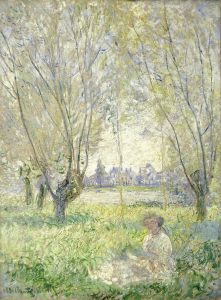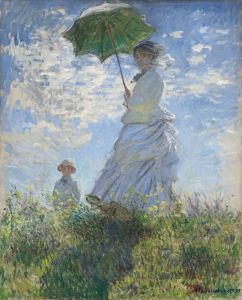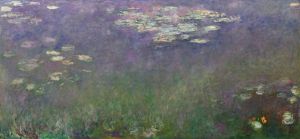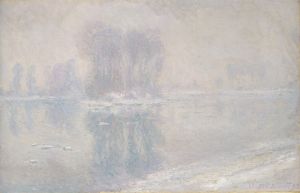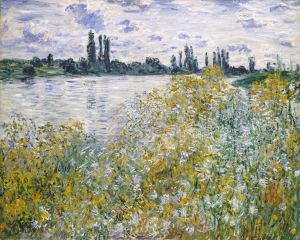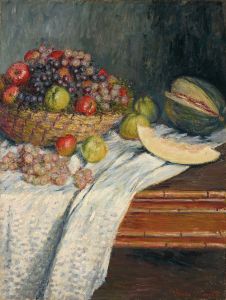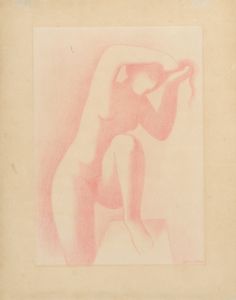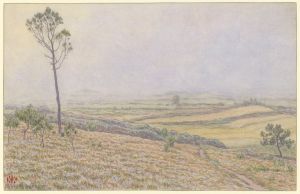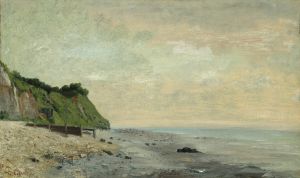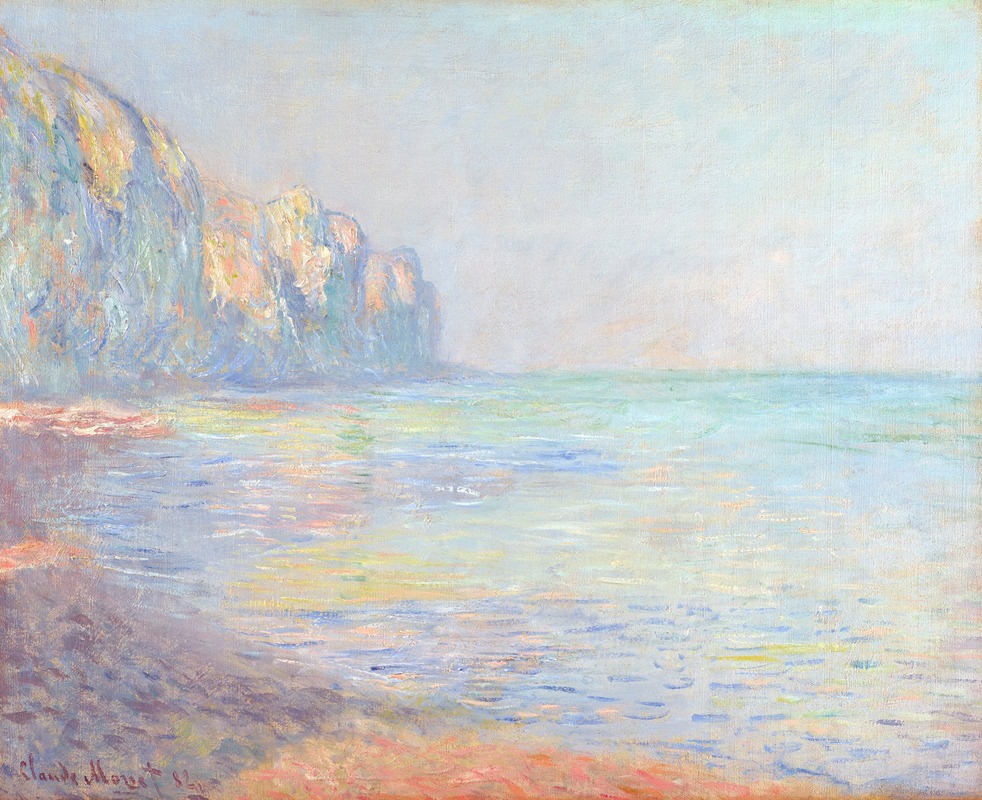
Le Matin, temps brumeux, Pourville
A hand-painted replica of Claude Monet’s masterpiece Le Matin, temps brumeux, Pourville, meticulously crafted by professional artists to capture the true essence of the original. Each piece is created with museum-quality canvas and rare mineral pigments, carefully painted by experienced artists with delicate brushstrokes and rich, layered colors to perfectly recreate the texture of the original artwork. Unlike machine-printed reproductions, this hand-painted version brings the painting to life, infused with the artist’s emotions and skill in every stroke. Whether for personal collection or home decoration, it instantly elevates the artistic atmosphere of any space.
"Le Matin, temps brumeux, Pourville" (Morning, Foggy Weather, Pourville) is an oil painting by the renowned French Impressionist artist Claude Monet. Created in 1882, this work is part of Monet's extensive exploration of the Normandy coast, specifically the small seaside village of Pourville-sur-Mer. The painting is celebrated for its atmospheric depiction of the coastal landscape, capturing the transient effects of light and weather that are characteristic of Monet's Impressionist style.
Claude Monet (1840-1926) was a leading figure in the Impressionist movement, which sought to capture the fleeting moments of light and color in the natural world. Monet's fascination with the changing conditions of the environment is evident in "Le Matin, temps brumeux, Pourville," where he skillfully renders the misty morning atmosphere of the coastal scene.
The painting measures approximately 65 x 81 cm (25.6 x 31.9 inches) and is executed on canvas. In "Le Matin, temps brumeux, Pourville," Monet employs a delicate palette of soft blues, grays, and greens to convey the foggy morning light. The brushstrokes are loose and fluid, a hallmark of the Impressionist technique, which allows the viewer to sense the movement of the mist and the gentle undulation of the sea.
Pourville-sur-Mer, located near Dieppe in the Normandy region of France, was a favorite painting spot for Monet during the early 1880s. The village's picturesque cliffs, beaches, and ever-changing weather provided Monet with ample inspiration for his plein air (outdoor) painting sessions. "Le Matin, temps brumeux, Pourville" is one of several works Monet created in this area, each capturing different times of day and varying atmospheric conditions.
Monet's ability to capture the essence of a moment in nature is evident in this painting. The foggy morning scene is imbued with a sense of tranquility and ephemeral beauty, inviting viewers to experience the serene yet fleeting nature of the coastal landscape. The painting's composition is balanced, with the horizon line placed high on the canvas, emphasizing the expanse of the sky and the misty air.
"Le Matin, temps brumeux, Pourville" is part of a series of works that Monet created during his stay in Pourville. This series includes other notable paintings such as "Cliffs at Pourville" and "The Beach at Pourville." Each of these works demonstrates Monet's dedication to capturing the unique qualities of light and atmosphere in different weather conditions and times of day.
Today, "Le Matin, temps brumeux, Pourville" is held in a private collection, and it is occasionally exhibited in museums and galleries around the world. The painting continues to be admired for its masterful depiction of a foggy morning by the sea and its contribution to the legacy of Impressionist art.
Monet's work in Pourville, including "Le Matin, temps brumeux, Pourville," remains a testament to his innovative approach to landscape painting and his enduring influence on the art world. Through his exploration of light, color, and atmosphere, Monet has left an indelible mark on the history of art, inspiring generations of artists to see the world through the lens of Impressionism.





